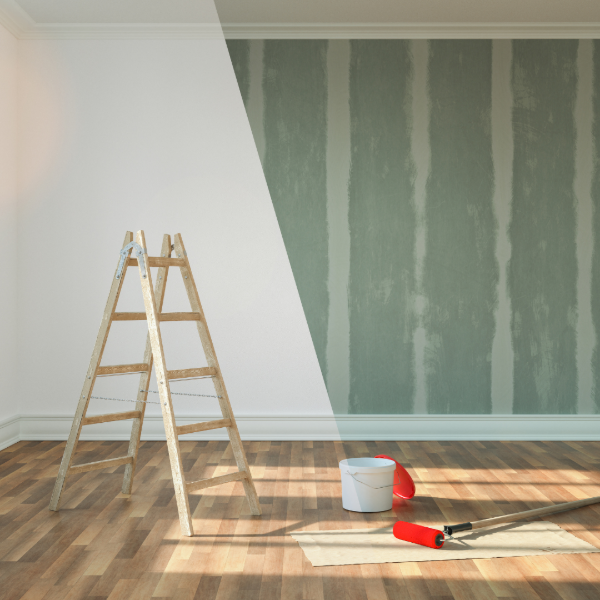Blog > How to Protect Your Floors During Home Renovations
How to Protect Your Floors During Home Renovations
Monday, May 12, 2025

Home renovations can breathe new life into your space, but they can also be hard on your floors. Whether you’re remodeling a kitchen, updating a bathroom, or repainting the walls, dust, tools, foot traffic, and debris can cause lasting damage if you're not careful. Here are essential tips to protect your flooring during a renovation—whether it's hardwood, tile, carpet, or luxury vinyl.
1. Use Protective Coverings
Investing in high-quality floor protection is the first and most effective step. Depending on your floor type, you can use:
- Ram board or rosin paper for hardwood or tile
- Plastic sheeting or drop cloths for carpet
- Adhesive plastic films for luxury vinyl or laminate
These materials act as a physical barrier against scratches, paint splatters, and heavy tools.
2. Seal Off Renovation Areas
Limit the spread of dust and debris by sealing off the renovation zone with plastic sheeting and painter’s tape. Consider using zip walls or temporary dust barriers with built-in zippers for easy access while keeping the rest of the house protected.
3. Lay Down Doormats and Rugs
Strategically placing rugs or mats at entry points and walkways helps trap dirt and reduce wear on exposed flooring. Opt for non-slip backings to prevent sliding and accidental trips.
4. Avoid Dragging Tools or Furniture
Dragging furniture or construction equipment is a surefire way to scuff or gouge floors. Always lift and carry when possible, or use felt pads, sliders, or dollies to safely move heavy items.
5. Cover High-Traffic Paths
If workers need to move through your home frequently, lay down temporary runner rugs or builder’s paper along those paths. This prevents daily foot traffic from wearing down the finish or grinding in grit and dust.
6. Clean Daily
Dust and debris can act like sandpaper underfoot. A quick sweep or vacuum at the end of each workday keeps particles from building up and reduces the risk of scratches or dulling your floor's finish.
7. Communicate with Contractors
Make sure your contractors understand your expectations for floor protection. Most professionals are happy to comply when given clear direction—and many already have systems in place to prevent damage.
Protecting your floors during a renovation doesn’t take much effort, but it can save you from costly repairs down the road. With the right materials, smart planning, and a bit of daily upkeep, you’ll keep your existing flooring safe and beautiful—no matter how messy the project gets. Should you though get flooring issues from your renovations, you can always contact Jason’s Carpet and Tile. We can always update them to match your new renovations.
